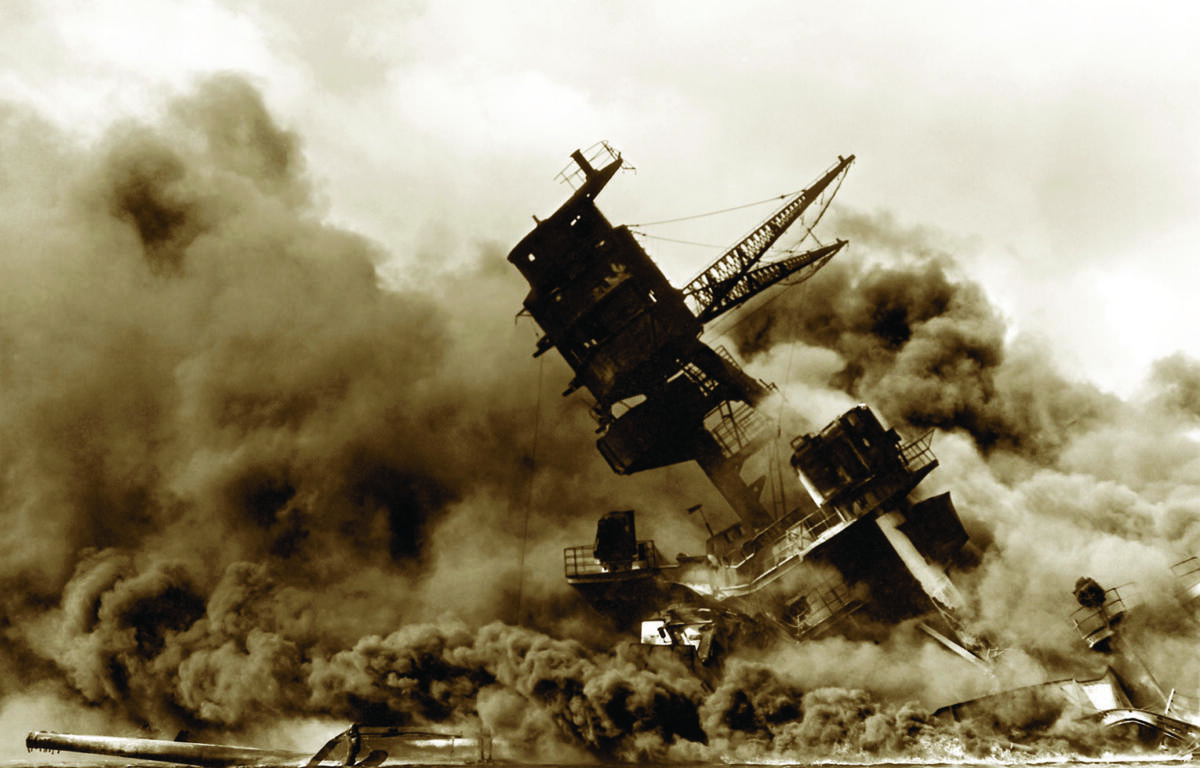EDITOR’S NOTE: Christmas is a time of commonality for many Americans as they join in celebrating the season of joy and merriment. This month, 828newsNOW will reveal the history of this sacred holiday and how the American mindset has influenced its development over the centuries.
___
Time stopped in America on Dec. 7, 1941. The Japanese launched an unprovoked terrorist attack against civilians and military personnel in Pearl Harbor, Hawaii. Apart from Sep. 11, 2001, no other single day terror attack rivals the 2,390 dead on the Hawaiian beach.
By Christmas of 1941, America had declared war.
Not much changed that first year. The American war-machine was only beginning to rev its engines. But Christmas between 1942-1944 would be vastly different.
Like during the Civil War and World War I, adults on the home front understandably found it hard to celebrate knowing at any day the postman could deliver the letter notifying them of their son’s death. Despite their reservations, mothers tried to keep the holiday as normal for their children as they could.
As was present only a few years earlier during the Great Depression, gifts were hard to come by. While money was tight for many families, the larger issue was materials. The military needed many of the components used in children’s toys like metal, wood and rubber. To supplement, families got crafty, painting, knitting and sewing homemade gifts for each other.
Paper was one of the few materials soldiers did not need in large quantities. Because of this, paper and cardboard based toys became more common like board games, puzzles and paper dolls. Toys that were not made from paper products before were reinvented to do so like Lionel releasing a cardstock train set.
Soldiers often received gifts from home via the military mail system, reminding them of who they were fighting for. Most gifts included a sweet treat and practical items like new socks.
The popularity of artificial trees boomed during the war years. With fewer men to chop trees stateside, real Christmas trees became a luxury. While today plastic trees are fashionable, synthetic trees during World War II used a combination of a metal base, wire frame and painted paper to serve as the bristles.
Rationed food cut into what could feasibly be gathered up for a Christmas feast, but the determined American spirit prevailed. Most families scrounged up something special for Christmas dinner. Sugar, butter and ham were rationed, leaving a whole in the American Christmas diet. Surprisingly, turkey was not, leading it to become a staple of the holiday.
Soldiers were given the best Christmas feasts the armed forces could muster even on the front lines. Hot turkeys, warm beers and plenty of fixings were served to keep spirits high from the trenches in Western Europe to the battleship cabins in the Pacific Theater.
Some of the most iconic holiday music came from this belligerent era. Bing Crosby’s “White Christmas” and “I’ll Be Home for Christmas,” and Judy Garland’s “Have Yourself a Merry Little Christmas,” were all first recorded during the war. “This trio of now-classic songs resonated with soldiers longing for home, and their loved ones who dreamt of Christmases like the ones they used to know,” according to History.com.
Christmas for servicemen and civilians alike was about longing for “on earth peace, good will toward men” as the angels sung during the Nativity. All wanted a return to a world without war, one where the nations laid down their arms and worked in harmony.
Check out more Christmas history:


